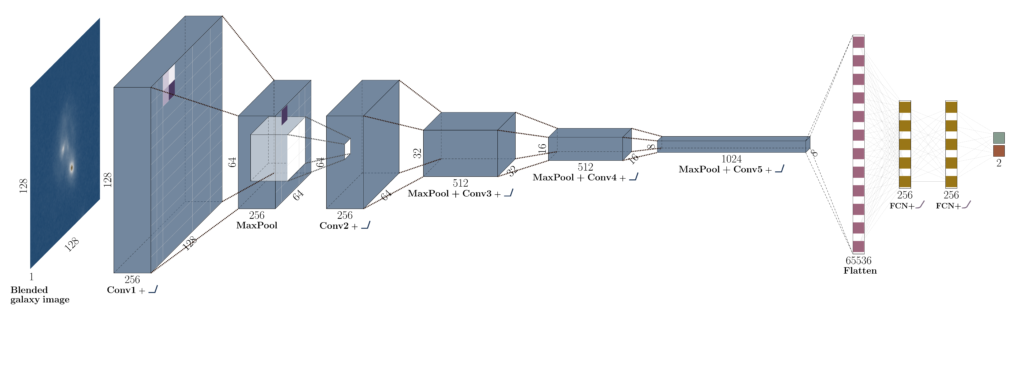When the Hubble Space Telescope (HST) opened its eyes 30 years ago, our vision of the Universe beyond our Milky Way galaxy came into focus. The scientific discoveries made possible by galaxy surveys such as the HST include the formation of galaxies, the earliest objects, and the accelerating expansion of the Universe itself. This was an impressive milestone which paved the way for even more ambitious projects. Upcoming instruments such as the Large Synoptic Survey Telescope (LSST) or the Euclid satellite will bear technological improvements that will allow them to observe an unprecedented number of galaxies: several million in an image the size of the Moon. Such a high density of objects per patch of sky is both a blessing and a curse: it comes with a high number of overlapping galaxies, referred to as blends.
Blends occasionally exhibit galaxies caught in the act of colliding and merging. More often than not, however, it is a mere sky projection effect: a nearby galaxy overlapping a more distant galaxy with no true physical connection. In both cases, galaxies being mostly empty, the light we receive from a blend is the sum of the light coming from both objects. This phenomenon causes problems for the software commonly used by astronomers to measure the light coming from each galaxy individually; ignoring these cases would mean losing a lot of information: for LSST, we expect that more than 50% of objects will be blended. So, how can we tease these blended galaxies apart?
The date was September 2018; the location: Chania, Greece. The Cosmostatistics Initiative (COIN) brought together astronomers, statisticians, and computer vision experts (among others) to tackle this problem with recent advancements in artificial intelligence, more specifically — deep learning. Deep learning covers a range of techniques, but has proved especially useful for computer vision and image analysis. The COIN team explored two different neural network architectures trained on tens of thousands of simulated images of blended galaxies with the primary aim of recovering the individual brightness (flux) of each of the two galaxies. Compared to the standard astronomical software, these deep learning approaches improved the accuracy of the estimated flux and reduced cases of large errors. Moreover, contrary to results expected from the standard analysis, deep learning results were independent of the galaxy shape.
This project demonstrates the power of computer vision. As astronomy is a science deeply entangled with images of the sky, we can expect deep learning to play an increasingly large role in extracting knowledge from a deluge of complicated images.
Text by Madhura Killedar and the CRP #5 team
Reference: Boucaud et al., 2020, MNRAS, Volume 491, Issue 2, p.2481-2495



